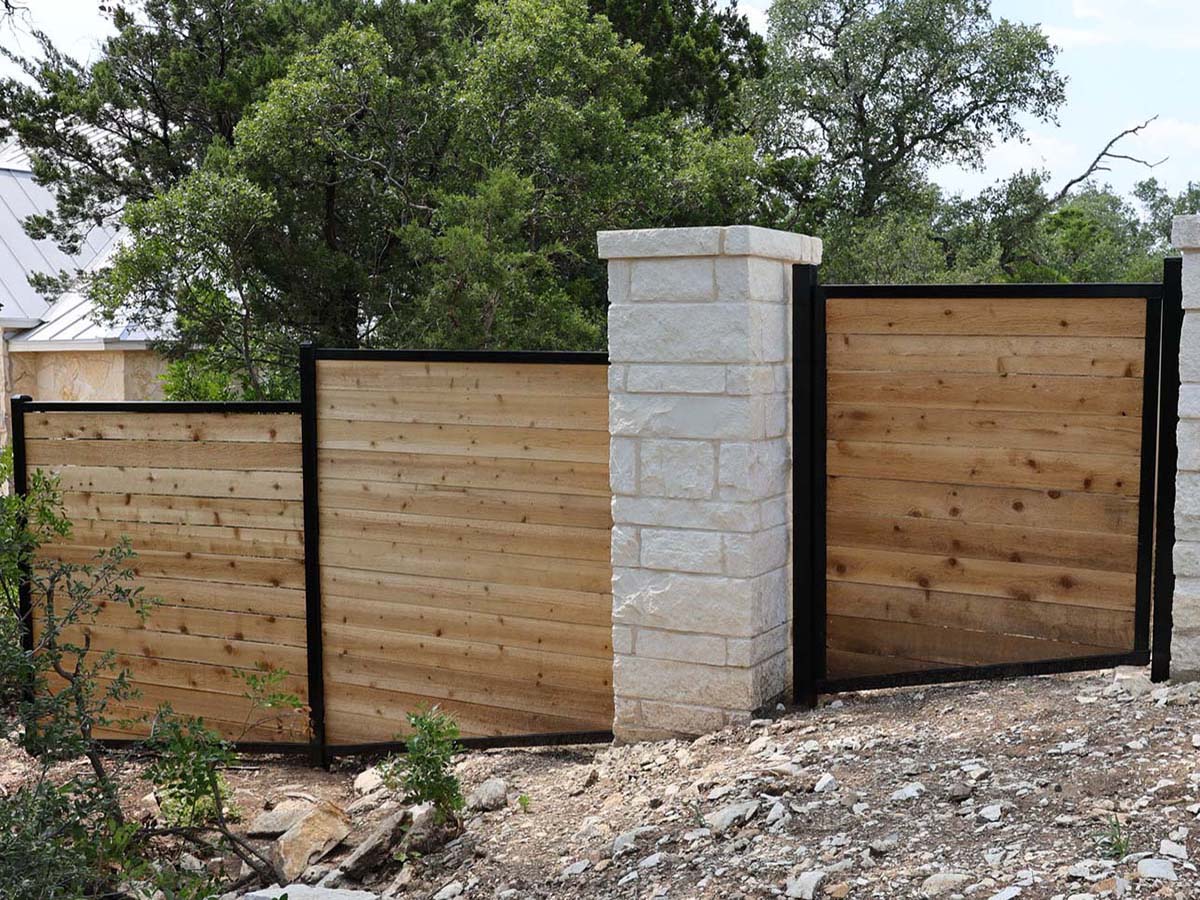All Categories
Featured

Installing a fence on uneven or sloped surface is a difficulty that numerous homeowners encounter, but it is by no means a difficult task. Whether you're dealing with a high slope or a slight slope, understanding the most effective techniques and tools for the job will guarantee that your fencing installment is both effective and resilient. With the right preparation and factor to consider, you can easily navigate unequal terrain and accomplish a fence that satisfies both visual and practical needs.
- Analyzing the Incline of Your Residential or commercial property. Prior to diving right into the installment procedure, it's essential to initial analyze the slope of your residential or commercial property. A high incline will need advanced techniques than a gentle incline. Start by determining exactly how the ground fluctuates throughout the location where you plan to mount your fence. If the incline is gradual, the installation procedure will certainly be less complex, and a tipped method could be sufficient. For steeper inclines, even more complicated approaches such as racked or contour fencing might be required.
- Tipped Fences: An Easy Remedy for Mild Slopes. For properties with a progressive slope, a stepped fencing is a suitable solution. In this method, the fencing panels are set up flat, adhering to the all-natural shapes of the land. As the incline modifications, each fencing area is installed at a slightly greater or reduced degree, leading to a "action" effect. This technique is both easy and efficient to implement, making it a popular option for light slopes.
Nevertheless, while a tipped fencing is simple to install, it may leave voids in between the fence and the ground at the end of the panels, which can be unfavorable for privacy or security. You can mitigate the problem by planting shrubs or including a lower rail to cover the spaces. if this is a problem.
- Racked Fencing: Perfect for Steep Slopes. For steeper terrain, racked fence is the preferred method. Unlike the tipped approach, racked secure fencing follows the natural slope of the land without producing actions. This method involves personalizing each panel to match the incline's angle. As an outcome, the fencing will certainly appear degree, and no gaps will be left near the bottom. The panels are developed to "rack" or turn to fit the angle of the terrain, offering a smooth and seamless appearance.
This approach works well for high hills or unequal landscapes where a standard fencing setup would certainly not be sensible. Although it calls for even more time and precision to set up, completion result is a fence that's both practical and aesthetically pleasing.
- Post Installment Considerations. For stepped fences, each post requires to be put at various elevations to comply with the incline. In comparison, with racked fencings, the articles are generally mounted at a consistent elevation, and the panels are adjusted to the slope of the land.
If you're unclear about exactly how to put the articles or if the surface is specifically difficult, it may be a great concept to hire a specialist fence professional that can deal with the technical elements of post setup.
- Picking the Right Materials for Sloped Terrain. The material you select for your fencing plays a large function in how well it will certainly do on uneven or sloped land. Some products are much more adaptable to slope installations, while others may call for more modification.
Wood: Timber fencings are flexible and can be tailored to fit both tipped and racked installations. They're often utilized for sloped surface as a result of their visual flexibility.
Plastic: Plastic fences are resilient and can be adapted for both stepped and racked styles. They call for minimal upkeep and are particularly great for racked installments on steep inclines.
Chain Web link: Chain web link fences are frequently the most convenient to mount on sloped terrain since they can be stretched to fit the incline naturally. They function well for both high and steady slopes.

Choosing the best material relies on your wanted appearance, sturdiness, and the sort of slope you're functioning with.
- Professional Assistance vs. DIY. Mounting a fencing on sloped terrain can be a difficult process, particularly if you're dealing with a high slope. While some property owners may really feel certain enough to tackle this task themselves, employing an expert can help guarantee that the fencing is installed correctly. Fence professionals are proficient at browsing unequal ground and can use remedies for even one of the most tough landscapes.
Final thought. Installing a fence on unequal or sloped surface is completely feasible with the right preparation and setup methods. Whether you select a tipped design for a mild slope or a racked style for steeper slopes, the trick is to intend in advance and choose the appropriate materials for the job. By understanding your building's one-of-a-kind surface and considering your choices, you can successfully mount a fencing that improves your building's look and functionality.
Latest Posts
Learn About Best Car Repair Care offered by Montclare Auto Repair – Drive with Confidence
Published May 29, 25
1 min read
Explore Best Car Repair Care from Montclare Auto Repair – Expert Care for Your Vehicle
Published May 28, 25
1 min read
Boost Your Residential Property with Overhead Door Equipment
Published May 24, 25
1 min read
More
Latest Posts
Learn About Best Car Repair Care offered by Montclare Auto Repair – Drive with Confidence
Published May 29, 25
1 min read
Explore Best Car Repair Care from Montclare Auto Repair – Expert Care for Your Vehicle
Published May 28, 25
1 min read
Boost Your Residential Property with Overhead Door Equipment
Published May 24, 25
1 min read